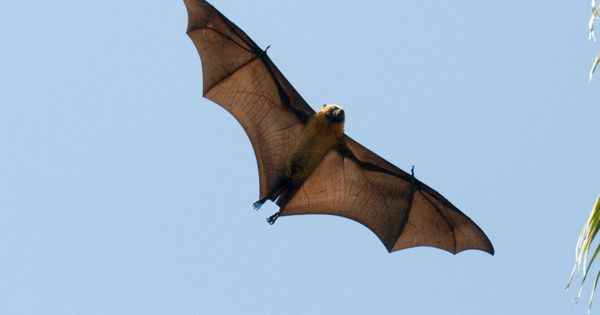Published ,
Reading 1 min.
The origin of the pandemic we are going through remains unclear. Did the Covid-19 virus come to us from bats? In any case, this is what a study by the Institut Pasteur in Laos seems to show. Results that were published on February 16 in the journal Nature.
Researchers from the Pasteur Institute of Laos and the National University of Laos conducted a field mission in the north of the country with different species of bats living in limestone caves. They studied different species of bats where several viruses very close to Sars-CoV-2 were spotted. Objective: to identify possible reservoirs or intermediate hosts of this virus.
Other viruses potentially dangerous to humans identified
The researchers therefore took samples from the bats. They found three viruses with genomic similarities to Sars-Cov-2,”particularly in a key domain of the Spike protein, which allows the virus to bind to host cells”say researchers at the Institut Pasteur.
Among these three strains, one of them would even be “capable of multiplying in human cells”. On the other hand, the researchers show that these viruses do not have a furin cleavage site, present in SARS-CoV-2. Furin is a protease that cleaves the spicule protein – or Spike protein – and thus ensures the fusion between the membrane of the virus and that of the human cell. This cleavage site in particular favors the entry of the virus into the respiratory epithelial cells.
Consult a GP online
A virus that comes from the bat?
“The existence of these viruses discovered in the bat animal reservoir supports the hypothesis that SARS-CoV-2 may have originated in bats living in the vast karst landforms of the Indochinese peninsula shared by Laos, Vietnam. and China. Our results tend to prove that other related viruses could pose a risk to human health.” emphasizes Marc Eloit, head of the Pathogen Discovery laboratory at the Pasteur Institute and Professor of Virology at the National Veterinary School of Alfort, near Paris.
A region which remains however very far from the region of Wuhan in China, where the virus appeared for the first time.
